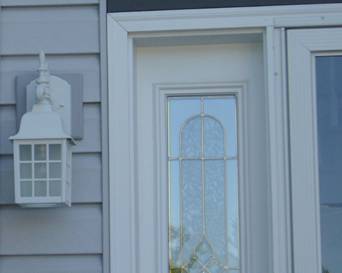
The Traverse City Record-Eagle provides this article on the population count of Kirtland's warblers in Michigan:
The Kirtland's warbler population is at an all-time high in Michigan. Biologists, researchers and volunteers counted 1,415 singing males during the June nesting season this year - nearly 70 more than last year and the largest number since monitoring began in 1951, state officials said. The lowest numbers were recorded in 1974 and 1987, when only 167 singing males were found.
The birds migrate each year between Michigan and the Bahamas. When here, they nest on the ground beneath young jack pine trees grown between five and 20 feet tall. State and federal officials manage the habitat to mimic the effects of wildfires that historically regenerated the jack pine habitat in northern Michigan. Foresters clear cut or burn stands of old jack pine trees, then seed and replant about 3,000 acres each year.
The Kirtland’s Warbler, a federally listed endangered species, is one of the world’s rarest birds. Weighing in at roughly one-half ounce, their total aggregate weight is just over 40 pounds! Its only consistent breeding grounds is the dense jack pine (Pinus banksiana) forests in Michigan's Lower Peninsula in an area 100 miles long and 60 miles wide within the Au Sable River drainage area. These birds were known as the "bird of fire" because intense heat is needed to open the jack pine cone and release the seeds. The Kirtland’s numbers plummeted when there were fewer fires causing their desired nesting areas to decline accordingly.
Males arrive on last year’s breeding ground and immediately start singing to fend off rival males and to attract a mate. His loud, distinctive song can be heard up to one-half mile away as he sings from the top of a small jack pine into early June. The normal song is described as chip-chip-ce-way-o and chip chip chip-chip-chip tew tew weet weet. Females and young males arrive soon after. The females to do not sing. Seventy percent of the birds that migrate return to their breeding ground, but only 36% of the juveniles survive migration. The key to increasing their numbers is to have the right habitat for an adequate nesting site.





